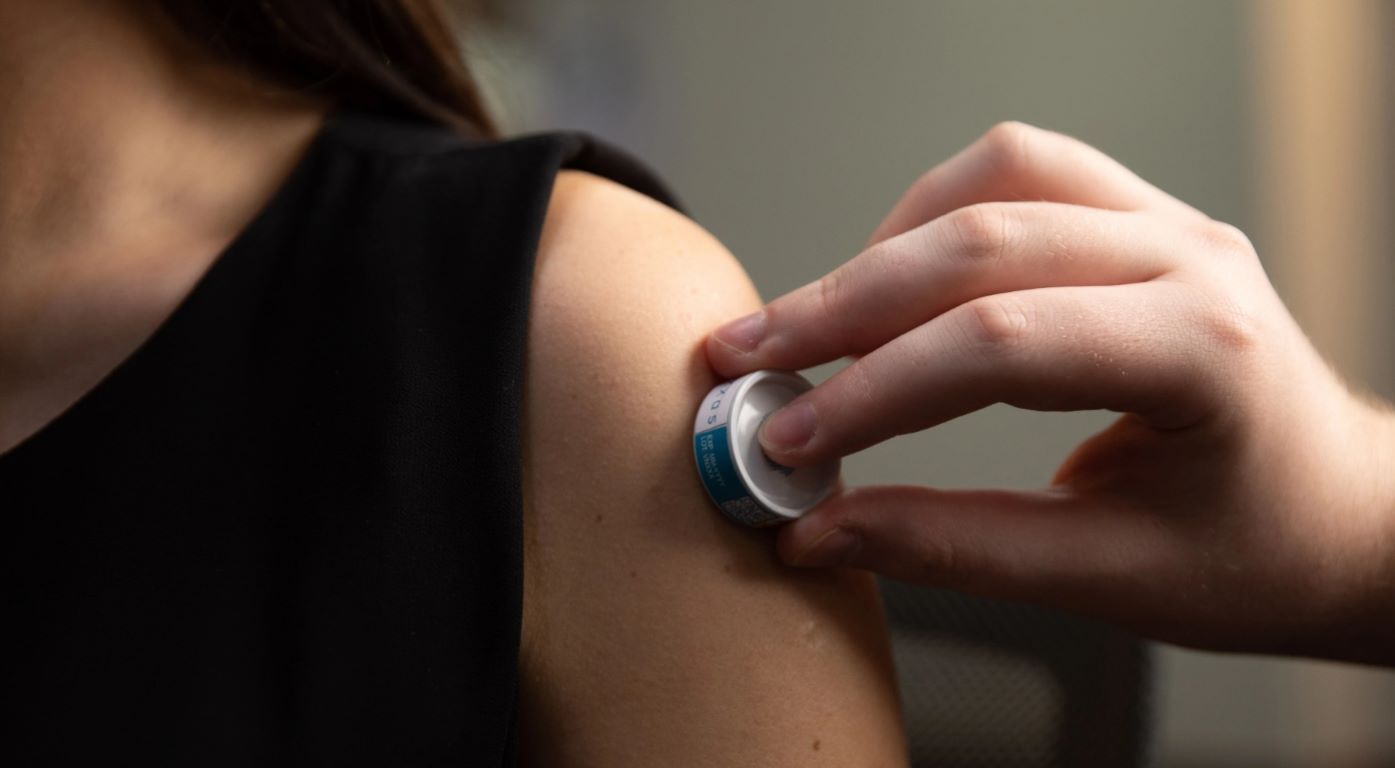Evolution of Women’s Representation in Clinical Trials
01 March 2024 | Opinion | By Camila Matheny, VP, Adoption and Change Management, Medable
The percentage of women participating in trials has doubled from only 20 per cent to over 41 per cent in 2024, according to data. This encouraging trend is a result of the medical community's growing recognition of the need to address historical injustices and evaluate the effects of treatments on women.

Across the history of medical research, a longstanding issue has persisted: underrepresentation and misrepresentation of women in clinical trials. This historic disparity traces back to pivotal moments, such as the 1970’s era U.S. Food and Drug Administration’s policy recommendation, which excluded women of childbearing potential and those using contraception from Phase I and early Phase II trials. The recommendation came from various factors, including concerns about potential risks to women of childbearing age, hormonal fluctuations, and limited understanding of gender-specific differences in medication efficacy and safety, but it only resulted in inadvertently skewing trial data towards men.
This exclusion resulted in a significant void in knowledge regarding how drugs specifically impact women. Despite the National Institutes of Health’s (NIH's) recommendation shift in 1985, urging the inclusion of women in clinical trials, subsequent data revealed persistent imbalances, with trials often comprising as much as 80 per cent male participants and 20 per cent female, which is far from representative of the world population.
Thankfully, we’ve seen progress in the clinical trial landscape. Data from 2024 shows a substantial uptick in the inclusion of women in trials, doubling from a mere 20 per cent to approximately 41 per cent. This positive trend reflects an evolving understanding within the medical community of the imperative to study treatment effects on women alongside concerted efforts to rectify historical inequities.
One key factor driving this shift is the recognition of women’s unique health needs and responses to treatment. For example, certain diseases, such as autoimmune disorders and certain cancers, are more prevalent in women. Understanding how these conditions manifest and respond to treatment in women is essential for developing effective therapies that cater to their specific needs. Additionally, there is a growing awareness of the importance of considering factors such as hormonal fluctuations, metabolism, and other biological differences between genders when designing clinical trials.
Furthermore, regulatory agencies have increasingly emphasised the importance of diverse representation in clinical research, as shown in changes in policies and recommendations. Guidelines now stress the necessity of including adequate numbers of women in trials to ensure that findings can be generalised across different demographic groups. This emphasis on inclusivity has prompted researchers and pharmaceutical companies to actively recruit and enroll more women in their studies, resulting in a more balanced representation of genders in clinical trials.
Overall, the increased participation of women in clinical trials represents a significant step towards achieving more equitable and effective healthcare outcomes for all.
Incorporating digital and remote capabilities into trials can help remove barriers that may prevent women from being able to participate, such as caring for family, or taking off precious time from work or other community commitments.
Camila Matheny, VP, Adoption and Change Management, Medable
Read the next part....











